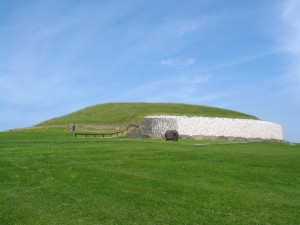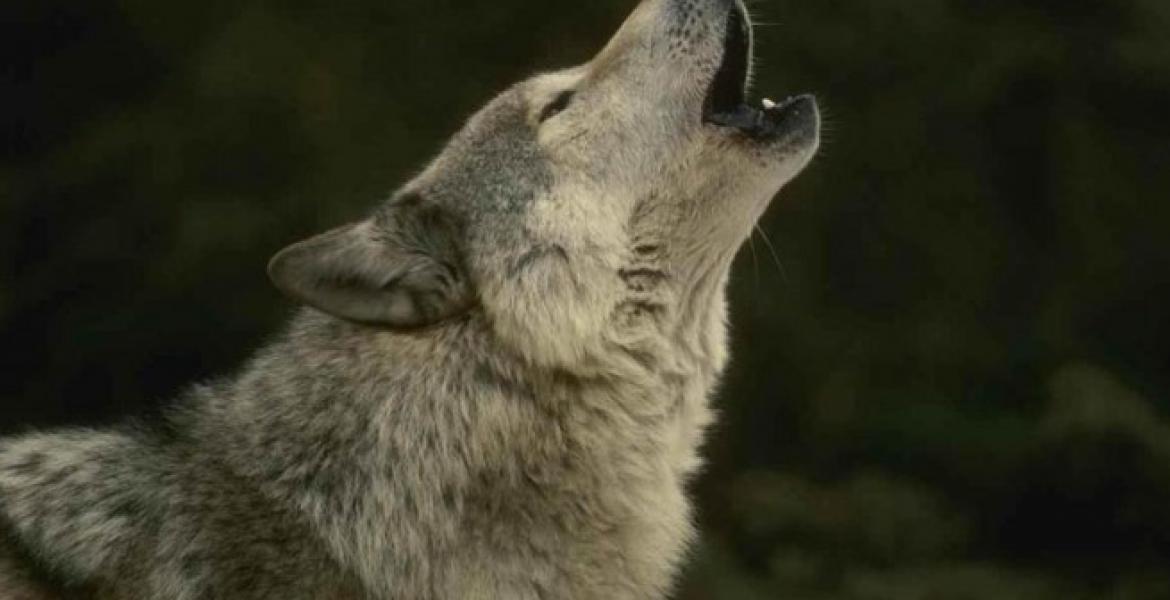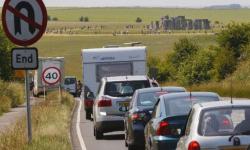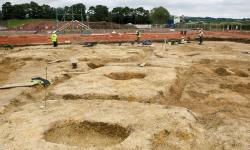The origins of ancient dogs
Although we know that modern dogs are descended from domesticated wolves, the time and place this happened has been hotly debated. Now new research undertaken by an international team of scientists led by Oxford University, and informally known as the Big Dog Project, has brought us closer to finding the answer.
Dogs have lived alongside humans for millenniaThousands of years. and were the first animal to be domesticated, thousands of years before the advent of farming. The first possible evidence for domesticated dogs is from the Upper PalaeolithicThe most recent part of the Old Stone Age, which runs from about 45000BP to 10000BP. See 'The Chronology of the Stone Age'., around 30,000 years before the present (BP'Before present', usually refers to up to 10,000 years BP, after which it switches to BCE.), and the first definitive evidence dates back to 15000BP in Europe and 12500BP in Asia. No wonder dogs are thought of as man's best friend. But their importance to humans could go beyond mere friendship: one of the project's researchers, Greger Larson, has argued that 'Domestication has influenced the entire earth. And dogs were the first. [For most of human history] we’re manipulating our environments, but not on a scale bigger than, say, a herd of African elephants. And then, we go into partnership with this group of wolves. They altered our relationship with the natural world.'
Even with the archaeological information available to us, we still don't know the exact time or place this happened, or even whether it happened just once or several times. Scientists have debated whether it occurred in the east or the west, and while many genetic studies point to a single origin for the domestication of dogs, others argue the opposite. Nor do we know why it happened: did our own hunter-gatherer ancestors actively tame wolves, or did the wolves effectively tame themselves, perhaps realising the discarded remains of humans' food made an easier and more reliable meal than hunting or scavenging for themselves? 
The new study used a 4,800-year-old canine bone found at the NeolithicThe 'New Stone Age'. See 'The Chronology of the Stone Age'. passage grave of Newgrange in Ireland to find at least some of these answers. According to Dan Bradley, one of the senior authors of the paper published in Science, the bone contained 'the best preserved ancient DNAHolds the genetic code to all living things, and is passed down to children from their parents. we have ever encountered, giving us prehistoric genome of rare high quality.' The Newgrange genome was compared with the mitochondrial DNAPart of the human DNA strand. Although men have it, it is only passed from mothers to their children. See 'Some Notes on Archaeology'. of 59 ancient dogs who lived between 14,000 and 3,000 years ago, as well as a range of modern dogs and wolves.
The findings caused expletive-filled surprise amongst researchers: there was a deep divide between eastern dogs and European dogs, and this split could be dated to anywhere between 14,000 and 6,400 years ago. But more than that, the genetic evidence combined with the archaeological evidence suggests there were two distinct dog populations in the world - one in the east and one in the west - during the PalaeolithicThe 'Old Stone Age'. See 'The Chronology of the Stone Age'.. This means that it is possible (particularly as there is little evidence of ancient dogs in the area between Europe and eastern Asia) dogs were domesticated independently from two separate wolf populations in two areas of the world. The indigenousNative to a particular place. western dogs were then replaced by eastern varieties so that, by the time the Newgrange dog lived, only the faintest trace of its western ancestors could be found in its genome. How the dog population changed is not known, although it seems to have been linked to human migrationThe movement of people (or animals) from one place to another. from east to west.
As successful animal domestication is generally considered difficult, many find it hard to believe it could have happened independently in two separate places. Although evidence suggests this was the case with the domestication of pigs (in Anatolia and eastern Asia) and, possibly, cats. Even Larson has in the past argued against the multiple origins of domesticated species. Some scientists point to possible issues of contamination through ancient dogs breeding with wolves, or have suggested that if the scientific calculations based on genetic mutation that formed the basis of the work were off, then the findings might not be reliable. Others have pointed out the theory is based on the genome of just one fossil, the dog from Newgrange. However, if it occurred separately, perhaps domestication wasn't so difficult as once thought; perhaps, even, the domestication of wolves into dogs was 'bound' to happen. With such a hotly debated topic, these results will provoke much more heated discussion, and more work from other teams is needed to confirm and clarify the findings.
Although evidence suggests this was the case with the domestication of pigs (in Anatolia and eastern Asia) and, possibly, cats. Even Larson has in the past argued against the multiple origins of domesticated species. Some scientists point to possible issues of contamination through ancient dogs breeding with wolves, or have suggested that if the scientific calculations based on genetic mutation that formed the basis of the work were off, then the findings might not be reliable. Others have pointed out the theory is based on the genome of just one fossil, the dog from Newgrange. However, if it occurred separately, perhaps domestication wasn't so difficult as once thought; perhaps, even, the domestication of wolves into dogs was 'bound' to happen. With such a hotly debated topic, these results will provoke much more heated discussion, and more work from other teams is needed to confirm and clarify the findings.
- Log in to post comments






